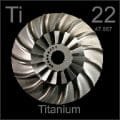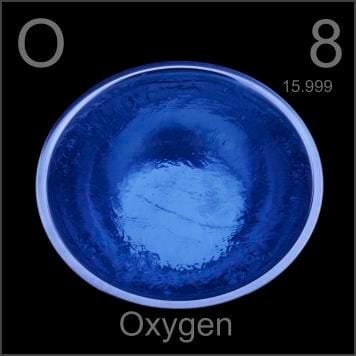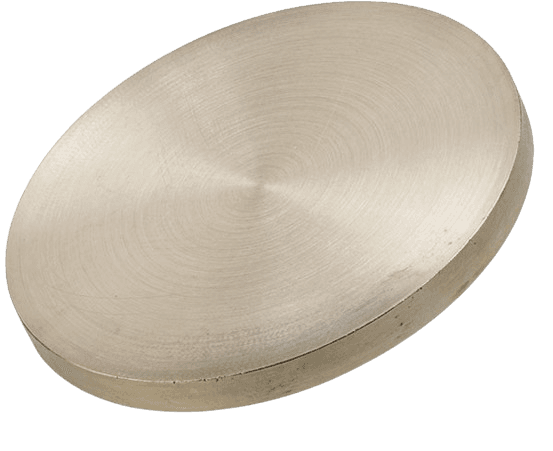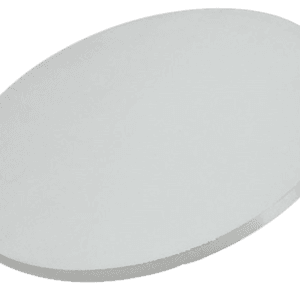Titanium Monoxide Sputtering Target Description
Titanium monoxide sputtering target from TFM is an oxide sputtering material with the chemical formula TiO. This material is known for its unique properties and is used in various advanced applications. The titanium monoxide sputtering target is particularly valued in thin film deposition processes, offering distinct characteristics that make it suitable for specialized industrial uses.
 Titanium, a chemical element, takes its name from the Titans of Greek mythology, the sons of the Earth goddess. It was first identified in 1791 by William Gregor, with its isolation later achieved and publicized by Jöns Jakob Berzelius. The symbol for titanium in the periodic table is “Ti,” and it has an atomic number of 22. Titanium is located in Period 4, Group 4, within the d-block of the periodic table. Its relative atomic mass is 47.867(1) Dalton, where the figure in brackets indicates the measurement uncertainty.
Titanium, a chemical element, takes its name from the Titans of Greek mythology, the sons of the Earth goddess. It was first identified in 1791 by William Gregor, with its isolation later achieved and publicized by Jöns Jakob Berzelius. The symbol for titanium in the periodic table is “Ti,” and it has an atomic number of 22. Titanium is located in Period 4, Group 4, within the d-block of the periodic table. Its relative atomic mass is 47.867(1) Dalton, where the figure in brackets indicates the measurement uncertainty.
Related Product: Titanium Sputtering Target
 Oxygen is a chemical element with the symbol “O” and atomic number 8. Its name comes from the Greek words ‘oxy’ and ‘genes,’ meaning acid-forming. The element was first described in 1771 by Carl Wilhelm Scheele, who also accomplished its isolation. Positioned in Period 2 and Group 16 of the periodic table, oxygen belongs to the p-block elements. The relative atomic mass of oxygen is 15.9994(3) Dalton, with the number in parentheses indicating the uncertainty in measurement.
Oxygen is a chemical element with the symbol “O” and atomic number 8. Its name comes from the Greek words ‘oxy’ and ‘genes,’ meaning acid-forming. The element was first described in 1771 by Carl Wilhelm Scheele, who also accomplished its isolation. Positioned in Period 2 and Group 16 of the periodic table, oxygen belongs to the p-block elements. The relative atomic mass of oxygen is 15.9994(3) Dalton, with the number in parentheses indicating the uncertainty in measurement.
Titanium Monoxide Sputtering Target Specification
| Compound Formula | TiO |
|---|---|
| Molecular Weight | 63.8664 |
| Appearance | Bronze crystals |
| Melting Point | 1750 °C |
| Density | 4.95 g/cm3 |
| Available Sizes | Dia.: 1.0″, 2.0″, 3.0″, 4.0″, 5.0″, 6.0″ Thick: 0.125″, 0.250″ |
Titanium Monoxide Sputtering Target Packaging
Our titanium monoxide sputtering targets are meticulously tagged and labeled externally to ensure accurate identification and quality control. We take great care in handling and packaging to prevent any potential damage during storage or transportation, ensuring that the products reach you in pristine condition.
Get Contact
TFM offers Titanium Monoxide Sputtering Targets in various forms, purities, sizes, and prices. We specialize in high-purity thin film deposition materials with optimal density and minimal grain sizes, which are ideal for semiconductor, CVD, and PVD applications in display and optics. Contact Us for current pricing on sputtering targets and other deposition materials that are not listed.





Reviews
There are no reviews yet.